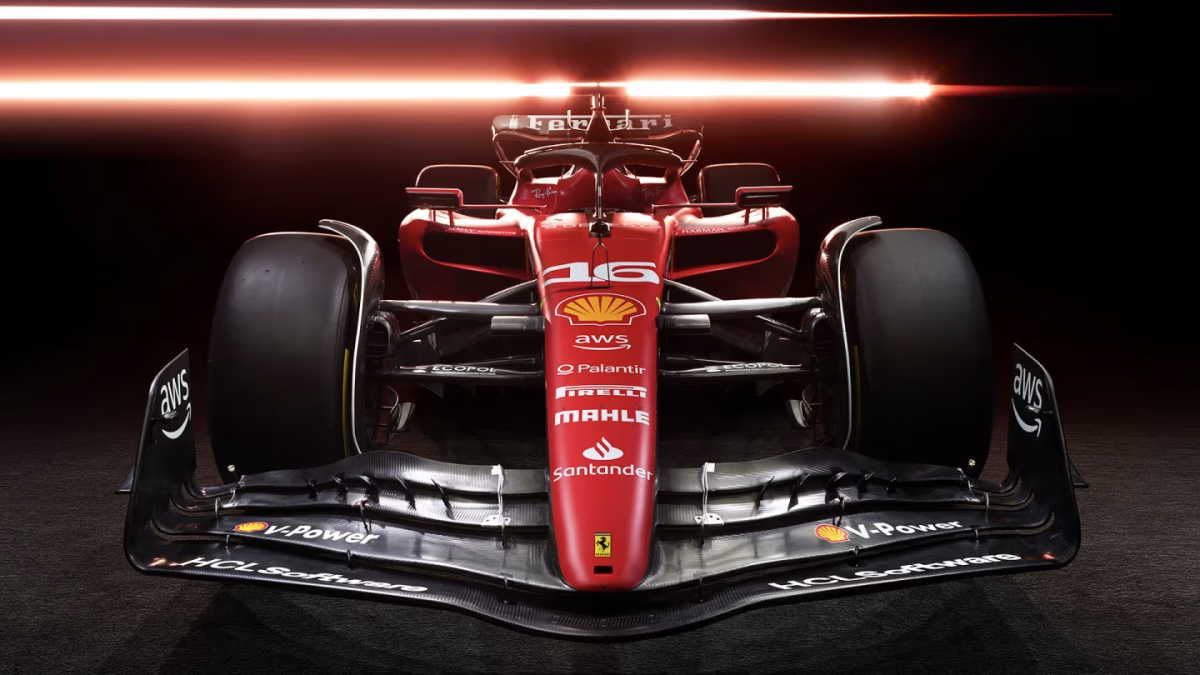Formula 1 is an international single-seater motorsport competition that aims to take the best from all over the world to compete in some of the most advanced cars in the world for their specific time-periods. Formula 1 began in 1950, the first race being hosted on the Silverstone Circuit, a former air-force base, which is still a popular venue today in F1. Formula 1 works by having a set of rules for all cars that compete, and each team developing their own different car designs that adheres to the rules.

Formula 1 consists of 10 teams, 2 drivers in each car, resulting in 20 drivers in total. The rules and regulations of Formula 1 are set by the FIA or Fédération Internationale de l’Automobile. These rules are mandated in order to make sure the sport is as safe as possible considering the speeds along with the situations that the F1 drivers face. One of these rules is the need for a halo, a piece of titanium that goes over the cockpit which protects the driver from a wide variety of hazards, such as the other cars themselves or obstacles during a collision. The halo has been a requirement on all F1 cars as of 2018 when it was introduced.

F1 races are called Grand Prix’s. There are 24 Grand Prix’s per year, each taking around 2 hours to complete. The usual length of a GP circuit is around 190 miles. Since the beginning of F1 racing, there has been a total of 77 circuits raced on. This highlights the skill of each driver due to the fact that they have to know each circuit like the back of their hands.

This article has explained some of the workings of how Formula 1 functions, how it looked like when it first began, and a skill that drivers each need to perform at this level of professional motorsport racing.
Works Cited
- F1. (n.d.). What is F1? Formula 1 Explained. F1. Retrieved November 2, 2024, from https://www.formula1.com/en/page/what-is-f1
- Racecar Engineering. (2023, June 21). Tech Explained: Formula 1 Halo. Racecar Engineering. Retrieved November 2, 2024, from https://www.racecar-engineering.com/tech-explained/tech-explained-formula-1-halo/
- Novatech. (n.d.). Testing the Halo – The Science of Saving Lives f1 Car Halo. Novatech. Retrieved November 2, 2024, from https://novatechloadcells.co.uk/case-studies/testing-the-halo—the-science-of-saving-lives-
- Tippett, B., & Burneko, A. (2021, April 16). The Complete Guide To Understanding Formula 1. Defector. Retrieved November 2, 2024, from https://defector.com/the-complete-guide-to-understanding-formula-1





















